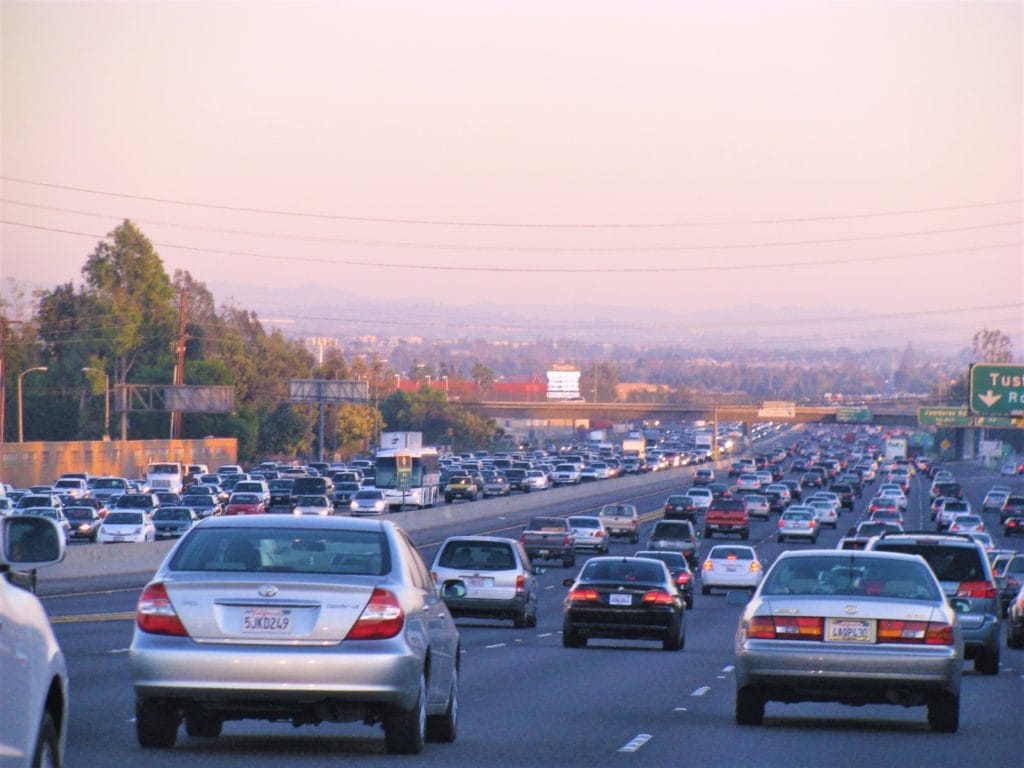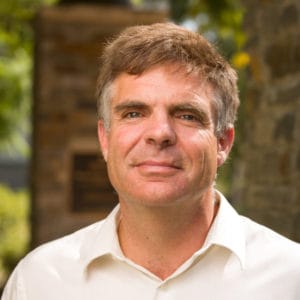Schellhorn’s Research Finds A Silver Lining in Freeway Traffic

Sometimes innovation is born in the laboratory. Sometimes it dawns during a walk in the woods. For Professor Henry Schellhorn, it came gradually, in a car, stuck somewhere between Santa Monica and Claremont.
“When you’re in traffic for two hours over the course of 15 years, you start understanding it pretty well,” said Schellhorn, a member of the Institute of Mathematical Sciences faculty and co-director of CGU’s financial engineering program. “You ask yourself, ‘Are there better ways of doing this?’”
Yes, there are, and Schellhorn’s concept is disarmingly simple: Some people on the freeway want to get to their destination faster and would be willing to pay for the opportunity. Others are not as time-sensitive and would be happy to assist by letting the hurried and the harried cut in front—for a price.

Implementing such a system involves orchestrating countless moving parts, but it starts with what is called Level 5 automation—fully autonomous vehicles that can operate under any condition. These vehicles, mass-produced perhaps a decade from now, would be programmed with the mathematical algorithm that Schellhorn has patented, allowing a seamless monetary transaction in which one vehicle yields to another.
“Suppose you want to move from Lane A to Lane B. You pay the price of B, minus the price of A,” Schellhorn said. “The cost change depends on location and current traffic conditions. It also works if you want to move to a slower lane to exit.”
But who determines the lane price? That’s where financial engineering comes in.
“Financial engineering won’t tell you the price. It tells you the price where buyers and sellers should meet,” Schellhorn said.
Loading...
An App & An Algorithm
The long-term goal is the creation of an app that will be uploaded into these autonomous vehicles, eliminating the need to operate the app manually and introducing the possibility of human error. In the meantime, though, Schellhorn and his student researchers are working on a version that safely allows driver-to-driver transactions.
The app has two primary parts. The technical features, the backbone of any app, have already been developed, says Boshen Feng, a student researcher working with Schellhorn this fall. Next comes the pricing algorithm, which will be implemented step by careful step.

Feng, who is a master’s student in the university’s Center for Information Systems & Technology, is also going to polish the user interface to make the app attractive and easy to use.
Based on calculations, the total freeway drive time would not change, but lane buyers would get to their destination faster, and the number of impulsive lane changers would likely decline, thus making the road safer for everyone.
The next step, Schellhorn said, is to secure research funding for agent-based modeling, which, in layman’s terms, means building out mathematical models and refining them in a controlled setting—a video game of sorts. Google and Waze already have skin the game with digital traffic mapping, and automakers such as Tesla could make lane buying technology a standard feature in their 2030 models.
Schellhorn describes the work so far as “a wise investment” that could get some mileage (pun intended) with tech companies and auto manufacturers in the future.